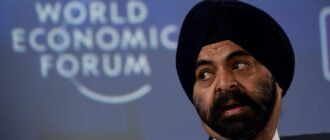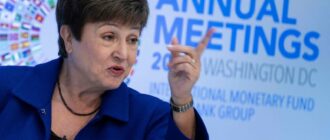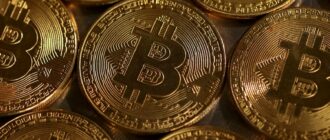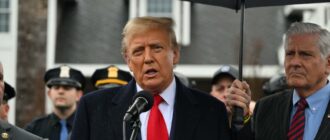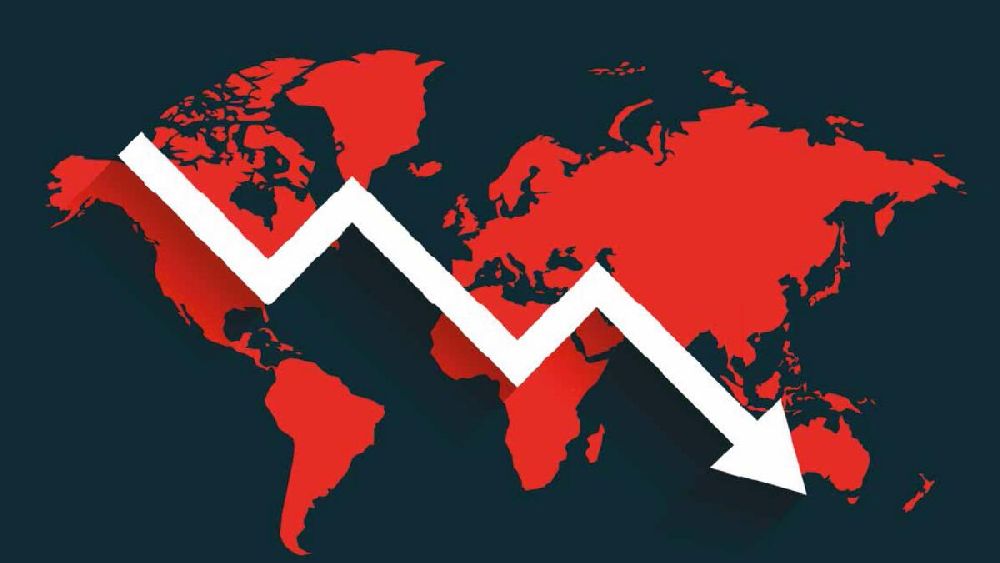
.
Around the world, rapid economic recovery from the Covid shock unleashed the largest wave of inflation we have seen since the early 1980s. In response, in the summer of 2021, central banks began raising interest rates. Brazil led the way. In early 2022, the Federal Reserve joined in, unleashing a bandwagon effect: Once the Fed moves and the dollar strengthens, other countries either raise their interest rates or face a sharp devaluation, which further stokes inflation.
The outline of this pattern is familiar. But the breadth is new. We now find ourselves in the midst of the most comprehensive tightening of monetary policy the world has seen. While the interest rate increases are not as steep as those pushed through by Paul Volcker as Fed chair after 1979, today’s involve far more central banks.
There are moments when history-making creeps up on you. This is one of those moments. As far as the advanced economies have been concerned, the era of globalization since the 1990s has been one of disinflation and monetary expansion by central banks. Now that balance is being reversed, and on a global scale.
To add to the disinflationary pressure, we are also seeing Covid-era stimulus programs wound up in favour of measures like the Inflation Reduction Act that promise to cut deficits and take demand out of the economy. In the United States in the third quarter, the so-called “fiscal drag” will slow the economy by more than 3.4 percent of gross domestic product, according to an analysis by the Brookings Institution.
The consequences of this global deflationary cycle are hard to predict. We have never done this before on this scale. Will it get inflation down? Very likely. But we are also courting the risk of a global recession that at its worst could bring down housing markets, bankrupt businesses and states, and throw hundreds of millions of people worldwide into unemployment and distress.
In light of this worst-case scenario, policymakers have to consider three questions: Are interest rates too blunt an instrument for dealing with our current economic imbalances? Can the central bankers pick the right rate, so as to slow inflation but not strangle the economy? And can a debt-laden global economy survive a serious interest rate rise led by the Federal Reserve?
Inflation in much of the world has been driven by Covid-related supply-chain bottlenecks and energy price shocks. Raising interest rates is not going to bring more gas or microchips to market, but rather the contrary. Reducing investment will limit future capacity and thus future supply. In Europe, for this reason, modest interest rate increases by the European Central Bank are being flanked by caps on electricity and gas prices imposed by some European Union countries. What the monetary and fiscal squeeze does do is to help ensure that inflation does not become entrenched and widespread. This is the main concern of the Fed right now.
But containment comes at a price. The primary means by which the Fed’s policy will work is by slowing the economy and increasing labour market slack, which is a euphemistic way of saying more unemployment. Is the global squeeze perhaps going too far?
It is hard enough to pick the right interest rate for just one economy. How do you pick the right rate if your neighbours are all increasing theirs, too? When a central bank raises its interest rates, one way this curbs inflation is by appreciating the currency. Higher interest rates attract foreign investors, driving the exchange rate up. A stronger currency makes imports cheaper and lowers inflation. This is a classic beggar-thy-neighbour policy.
The strength of the dollar in 2022 makes U.S. imports cheaper, but, by the same token, it raises prices for every other country that pays for oil, for instance, in dollars. To respond to this imported inflation, other central banks have little option but to raise interest rates even more, which continues a vicious circle. The end result of this bidding war is unpredictable as far as the exchange rate is concerned, but one thing it will do is drive interest rates to levels higher than anyone would have picked in isolation.
And this is not the only spillover effect we must fear in this first global disinflation. The price of traded goods depends not only on exchange rates but also on the balance of demand and supply, in world markets as well as national markets. During the economic recovery from Covid, inflation in the United States was propelled not only by excess demand at home but also by supply-chain bottlenecks in China.
Now the reverse is happening. As many central banks raise their rates, they are not just disinflating their own economies, they are shifting the balance of demand and supply for everyone else, too. If these spillover effects are not taken into account we must fear that we will end with more disinflation than we need.
How big this effect of global spillover will be, we can only guess. We have estimates of positive inflationary spillovers. As far as global disinflation is concerned, we are in far less charted territory.
And there is one other thing we do not know. Even if we can agree on the right interest rates to disinflate the world economy at minimum cost, can a world economy that has grown used to ultralow interest rates take the strain of positive rates? For a decade or more it has made sense to pile on leverage.
With rising rates, though they remain mostly negative in real terms, some debtors will find themselves in trouble. Pity particularly the companies and countries around the world that have borrowed in dollars, to the tune of more than $22 trillion by 2019, and now face repayments at a steeper exchange rate. Struggling to keep up with debt service, they will most likely first squeeze other spending, compounding the recession, and then seek to restructure their debts. At that point recession will tip into crisis and outright failure of businesses and sovereign borrowers.
Market purists will insist that this was long overdue: It is high time to cull the zombies — borrowers who live on only because the cost of borrowing is so low. But talk of culling is better on paper than in practice.
Bankruptcy is rarely a smooth process — bad enough for corporations operating mainly within national boundaries, mind-bogglingly complex in the case of corporate giants like the Chinese property developer Evergrande, with stakeholders around the world. When a national government like Sri Lanka or Argentina runs out of money, it shakes states and societies to their foundations.
Who exactly will fail is not easy to predict. But we know that raising rates will increase the pressure on those already floundering. And we know that the international architecture for debt restructuring is painfully inadequate. But sidestepping bankruptcy is bad news, too. There are few things worse either for a business or a national economy than an overhang of unpaid and unpayable bad debts. That risks years of stagnation.
Fighting inflation is what central banks are supposed to do. Interest rates are the obvious tool. But it is time to wake up to the historic significance of the current moment. For the first time in the post-Cold War era of globalization, we are facing significant and widespread inflation.
Why are we fighting it country by country?
If we want to keep the pain of deflation to a minimum, we urgently need international cooperation to fully take into account all the spillover effects and to prepare the safety nets. Back in 2015-16 when recession threatened China, one could still hope for cooperation between the Fed and the People’s Bank of China. That is too much to hope for today, when relations between the United States and its allies on one side and China and Russia on the other are at a low point. But coordination in shifts in rates by global groupings like the Group of 7, the Indo-Pacific and perhaps the Shangri-La Dialogue in Asia would send a powerful message. Not to attempt it risks increasing uncertainty and pain for hundreds of millions of people around the world.
– This article originally appeared in The New York Times
(Adam Tooze is an economic historian, the director of the European Institute at Columbia University and the author of the Chartbook newsletter)






